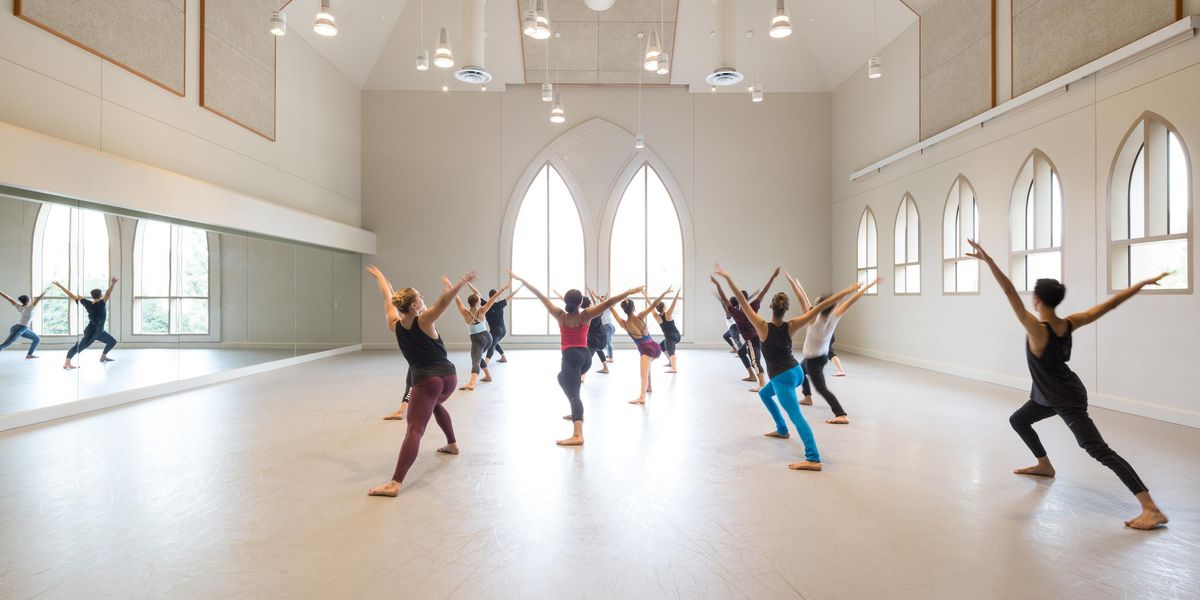Your Body: Knee Deep
Strengthening Exercises to Avoid Injury
Musical theater dancer Desi Davar learned about her knees the hard way. First she tore her left anterior cruciate ligament (ACL) the night she made her professional debut. After her recovery, her career blossomed and she played Anita in the Broadway West Side Story revival. But two years ago, a simple hitchkick led to a torn ACL and medial collateral ligament, and a stress fracture, in her right tibia. This time, she decided to study anatomy. “It’s crucial to be educated,” she says. “Strengthening doesn’t just happen in class but at the gym.”
As Davar discovered, the knee is a complex system of bones, muscles, and ligaments. Here are some tips that can help dancers maintain their knee health.
How It Works
The knee is not a ball-and-socket joint. “It has no boney stability,” explains Dr. Carol Teitz, MD, professor of sports medicine at the University of Washington. “It’s two relatively flat surfaces sitting on each other, so there’s more emphasis on muscles and ligaments.”
Structurally, the femur (thigh bone) and tibia (shin bone) meet at the kneecap (patella). The quadriceps tendon at the front of the thigh straightens the knee; the hamstring at the back bends it. Two cushions (meniscus) sit on either side. The ACL and posterior cruciate ligament cross in the center of the knee; the medial collateral ligament and lateral collateral ligament help hold the tibia and fibula in place.
“Because dancers are typically more flexible than others, the joint structures are often more lax,” says Laura Becica, DPT, who works with dancers in New York City. “Dancers sometimes lack adequate strength in the muscles surrounding the knee to control the extra mobility.”
Troubleshooting
The knee’s location means that problems in the hip and ankle have a direct impact on it. If you feel a knee problem starting, try a simple test. Sit with knees hanging over the edge of a chair. Bend and straighten the leg. If you do not experience knee pain, the problem probably originates elsewhere.
Knee pain has several common causes. Weak hip: If your hip isn’t strong enough to hold your leg in turnout, you’re torquing your knee and ankle when you’re turning out. To see if that’s happening, try this clock exercise: Stand in front of a mirror on your left leg in a demi-plié. Then, move your right leg in a slow rond de jambe, touching the foot down at each clock number from one to six. Look in the mirror to see if your standing knee tracks smoothly over your foot and middle toe. If your standing leg angles toward the other leg or if it wobbles, you probably need to build up hip strength. Leg lifts can help. Stand in parallel at the barre. Raise your problem leg behind you, in a very low parallel arabesque. Repeat for 10 small lifts.
Hypermobility: Hyperextension interferes with knee alignment. Strengthen the hamstrings to better control the range of motion between the hip, calf, and ankle. Lie on your back with your knees bent and feet on the floor. Raise your pelvis straight up toward the ceiling (not rolling up). Repeat 3 sets of 10.
Tight hips and IT band: These can pull on the quadriceps and knee. Use a butterfly stretch to release the inner thigh. Sit on the floor with your back straight, soles of the feet together. Bend forward to stretch the hips to release the inner thighs. Then use a foam roller to roll out your outer leg.
Don’t Ignore the Signs
If your knee hurts, pay attention to it. Sometimes strengthening exercises can fix it, but if the pain doesn’t improve, see an orthopedist. And don’t wait for pain to start to build your leg muscle strength.
Lauren Kay is a dancer and writer in NYC.
Lie on the floor on one side. Bend your knees to 45 degrees. Keeping your feet touching, open the top leg, so the knee points toward the ceiling, and close. Repeat 3 sets of 10, focusing on the butt and rotator muscles.
Want healthy knees?
Drink more orange juice! Vitamin C promotes collagen health in the tendons and ligaments, which help hold the kneecap in place. Add vitamin C–rich foods like oranges and grapefruit to your diet, or try kiwifruits or tomatoes. Or have several glasses of juice a day. Worried about the calories? Dilute each glass with an equal amount of water.




